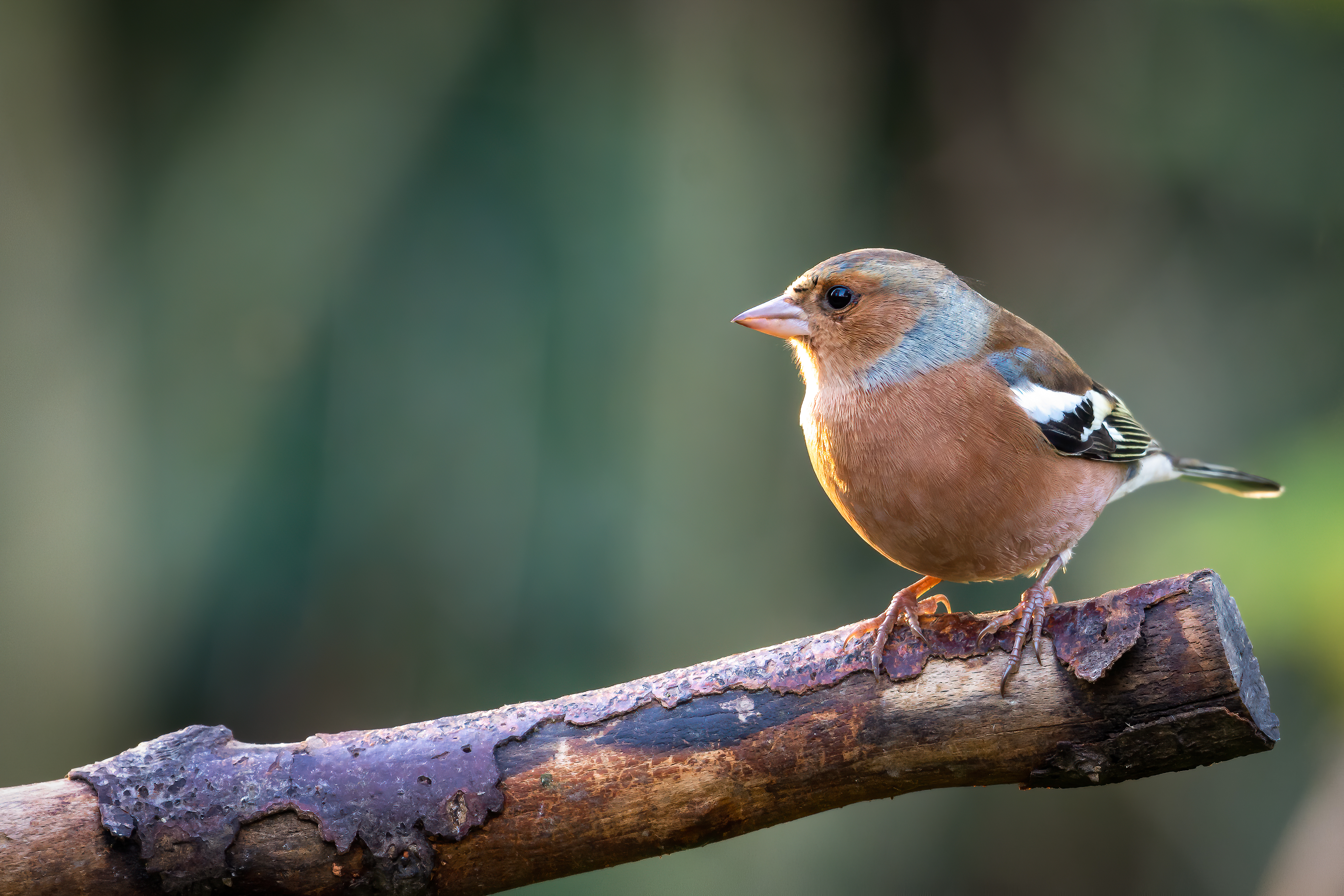birding
Welcome to /c/birding, a community for people who like birds, birdwatching and birding in general! Feel free to post your birding photos or just photos of birds you found in general, but please follow the rules as outlined below.
-
This should go without saying, but please be nice to one another. No petty insults, no bigotry, no harassment, hate speech,nothing of that sort! Depending on the severity, you'll either only get your comment removed and a warning or your comment will be removed and you will be banned from /c/birding.
-
This is a community for posting content of birds, nothing else. Please keep the posts related to birding or birds in general.
-
When posting photos or videos that you did not take, please always credit the original photographer! Link to the original post on social media as well, if there is one.
-
Absolutely no AI-generated content is allowed! I know it has become quite difficult to tell whether or not something is AI-generated or not, but please make sure that whatever you post is not AI-generated. If it is, your post will be removed. If you continously post AI-generated content, you'll be banned from /c/birding (but it's obviously okay if you post AI-generated stuff once or twice without knowing you did so).
-
Please provide rough information location, if possible. This is a more loosely-enforced rule, especially because it is sometimes not possible to provide a location. But if you post a photo you took yourself, please provide a rough location and date of the sighting.
view the rest of the comments

There are many habitat restoration projects where I live. You can visit hundreds of hectares of fens and woodland within a few K's of my home, and many more are created each year. It's not all doom. I was a birdwatcher for decades before I picked up a camera to photograph wildlife. It was a way to remember some of the beautiful things I had seen, photography for me doesn't replace the bird watching, it's an addendum.